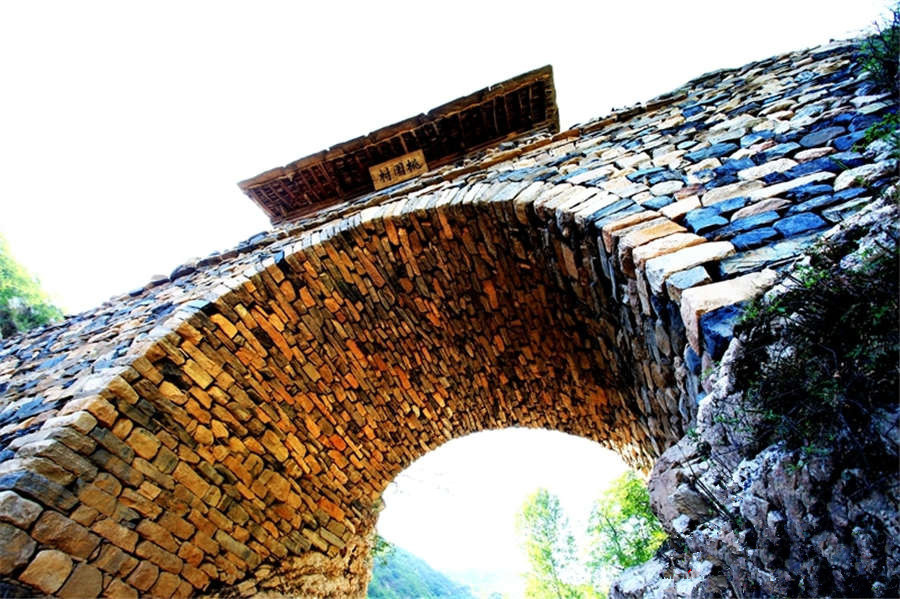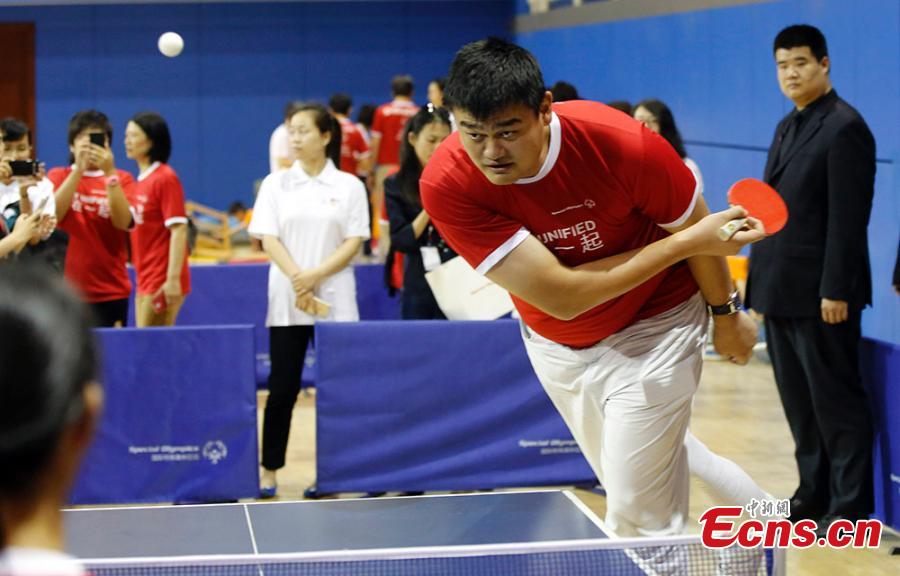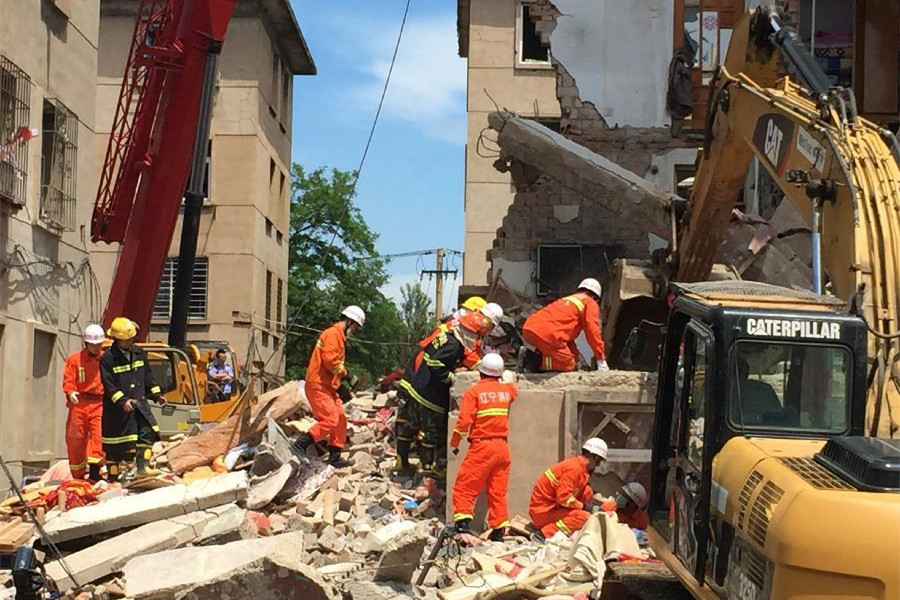Xi'an (Chinanews.com) -- A group of about 80 experts from China, Belgium, Japan and Slovenia joined the symposium "Seismic Resistance and Protection of the Small Wild Goose Pagoda" in Xi'an, capital of Shaanxi Province, on Sunday.
Renovation, quake-proof capabilities and deviation rectification were among the issues discussed.
Zhang Quanmin, researcher at the Xi'an Cultural Relic Protection and Archaeology Institute, revealed for the first time research material gathered in the 1960s and later in 2003.
The pagoda is located in the Jianfu Temple of suburban Xi'an and was built in 707 AD. It is a representative of early Chinese towers and a landmark of the ancient capital.
Xi'an has recorded 24 earthquakes higher than magnitude four since the pagoda was completed, including the magnitude 8.3 earthquake in Hua County in 1556, yet none managed to bring down the pagoda in over 1,300 years.
A folk proverb says the tower cracks in times of war and heals in prosperous years; another saying raises the "tumbler theory," which claims that the pagoda was fixed with a solid foundation, protecting it from harm for over a millennium.
Its foundation is in a square shape 89.7 meters long and 88.5 meters wide. The underground was paved with 3.8-meter thick earth with hard macadam at the bottom.
Speculation about the pagoda's foundation includes the "stair theory," the "linear type theory" and the most popular "arc theory," while modern foundation and engineering science has led to the conclusion that the former two theories are more reasonable.
Zhang is in favor of the stair theory, which has long been widely adopted in Chinese ancient tombs, though rare in large constructions like the pagoda.
Professor Chen Ping from the Xi'an University of Architecture and Technology also denied the possibility of an arc foundation.
The stability of the pagoda is the result of geological and architectural factors. It "miraculously" survived the attacks of natural forces not because of coincidence, but because of science, he said.
Kong Zhengyi, a defendant of the "cracking and closing" theory, was conservative about the final conclusion. The tumbler effect does exist, but decisive evidence requires more study, he said.



















